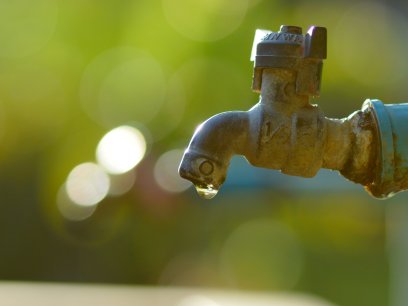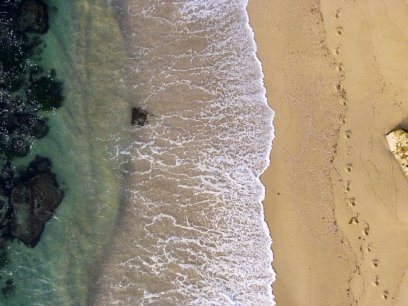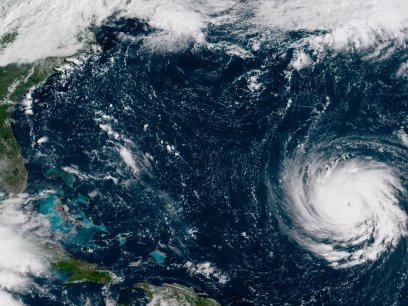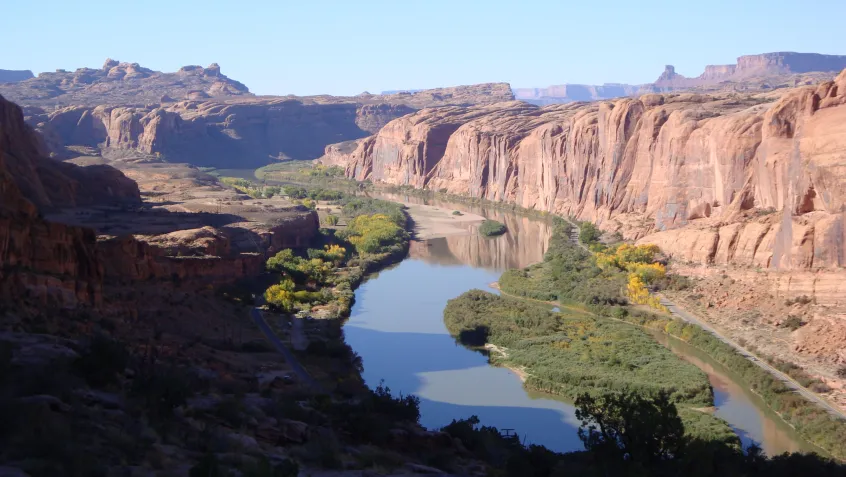
Did you know?
- Groundwater holds 20 times more fresh water than lakes and rivers combined and is the source of drinking water for about 50% of the total population.
National Groundwater Awareness Week is time to learn more about this vital resource!
Groundwater is the world's largest reservoir of fresh, liquid water, with over 20 times as much water stored within the ground as in all the lakes and rivers combined. In the US, it is the source of drinking water for about 50% of the total population, and virtually all of the rural population, while at the same time providing over 50 billion gallons of water per day for the agricultural sector. Although groundwater is an important resource for many Americans, many US regions are experiencing groundwater depletion.
Groundwater Depletion
The water stored in the ground is like money saved in a bank account, where bankruptcy occurs when money is withdrawn at a faster rate than it is deposited. Likewise, the groundwater "bank account” can be depleted when water is withdrawn at a faster rate than it is accumulated. Groundwater has been depleted in recent years in many drought-prone regions, including the Southwest and High Plains, because it is not being recharged quickly enough from rainfall and streamflow at the surface.
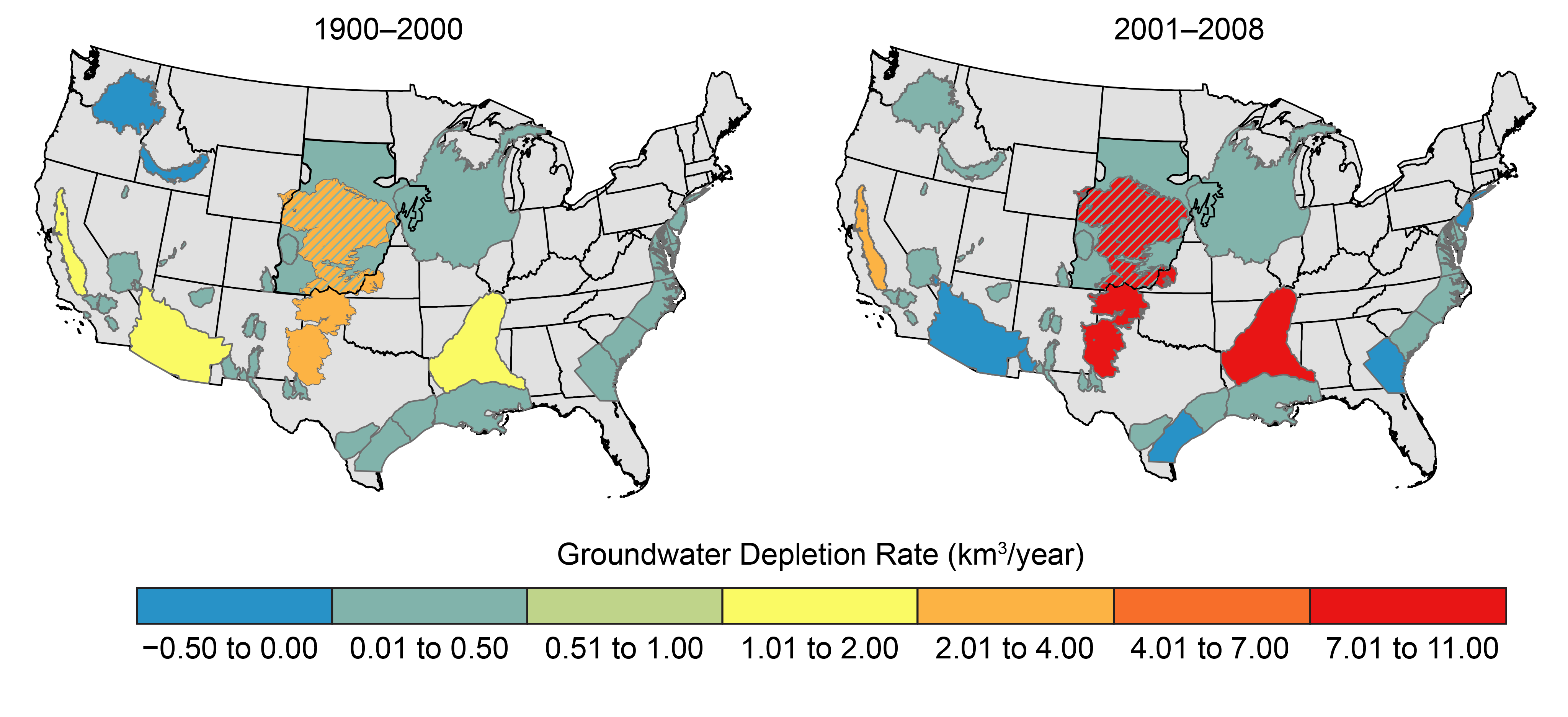
This is especially concerning as local water supplies are being further strained as droughts increase in prevalence and severity with climate change. In addition to droughts reducing groundwater recharge, groundwater can also be depleted when natural vegetation in communities is replaced with impervious surfaces (hard surfaces like streets, parking lots, and rooftops). When a storm event occurs, water falls on these hard surfaces and is carried away into city storm drains or water bodies as stormwater runoff instead of infiltrating the ground. Finally, many US regions have overstressed aquifers as groundwater demands have increased and led to excessive withdrawals.
Groundwater recharge is a complex issue, but there are ways you can help conserve this important resource.
- Increase groundwater recharge. Stormwater runoff is causing communities to lose valuable water that could be used or stored. Consider installing green infrastructure like rain gardens, planter boxes, and permeable pavement on your property. Green infrastructure approaches use vegetation, soils, and other elements to restore groundwater recharge rates by allowing stormwater to soak into the ground as it would before human development. If you are thinking about installing green infrastructure, contact your state or local water resource or environmental agency to check for incentives and local requirements.
- Reduce groundwater withdrawals. There are several simple measures you can take to conserve water at home—and many of these actions can save you money! Check out EPA's WaterSense Program for ways to save water.
Sources
- NOAA Office of Ocean Exploration and Research. 2013. “Groundwater Use and Overuse.” NOAA. Accessed July 20, 2016. http://oceanexplorer.noaa.gov/edu/learning/7_water_cycle/activities/groundwater.html#activity.
- NOAA Office for Coastal Management. 2016. “Assessing the Impact of Impervious Surfaces on Water Resources in Southern California.” NOAA. Accessed July 20. https://coast.noaa.gov/digitalcoast/stories/californiawater.
- US EPA. 2015. “Build Resiliency to Drought.” Accessed July 20, 2016. https://www.epa.gov/green-infrastructure/build-resiliency-drought.
- US EPA. 2015. “Green Infrastructure and Ground Water Impacts.” Accessed July 20, 2016. https://www.epa.gov/green-infrastructure/green-infrastructure-and-ground-water-impacts.
- US EPA. 2016. “NPDES Stormwater Program.” Accessed July 20. https://www.epa.gov/npdes/npdes-stormwater-program.
- US EPA. 2015. “What is Green Infrastructure?” Accessed July 20, 2016. https://www.epa.gov/green-infrastructure/what-green-infrastructure.
- US Geological Survey. 2016. “Groundwater depletion.” US Department of the Interior. Accessed July 20.http://water.usgs.gov/edu/gwdepletion.html.
